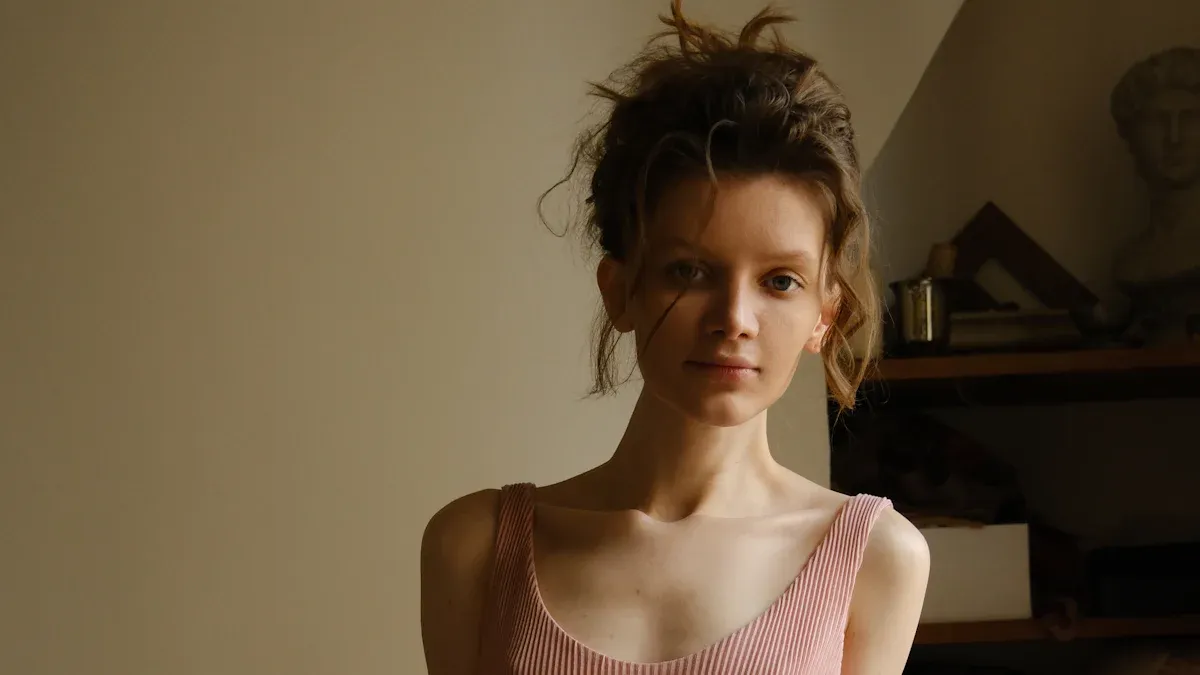
The world market for knit clothing is growing very fast. It may be worth $220 billion by 2033. People want clothes that are comfy and look good. This has made knit midi dresses very popular. Many buyers now want eco-friendly materials. They like things like organic cotton and recycled fibers. Sustainability is very important to them. New knitting technologies help brands make better clothes. 3D knitting lets them make seamless designs. These designs fit better and look nicer. Global sourcing networks help share these new ideas everywhere.
Key Takeaways
Knit midi and mini dresses are liked because they are soft. They fit nicely and can be worn many places.
New knitting machines like 3D and seamless knitting make dresses more comfy. They also help dresses fit better and make less waste.
Eco-friendly materials like organic cotton and recycled fibers are used. These materials help the environment.
Asia-Pacific, like China, India, and Bangladesh, makes most knitwear. They have strong supply chains.
Brands and buyers get custom designs and fast online shopping. They also get eco-friendly choices for today’s fashion.
Why Knit Midi Dresses?
Comfort & Versatility
Knit midi dresses are very popular today. They are soft and comfortable to wear. Designers use nice materials like merino wool and cotton. These fabrics keep you warm but also let your skin breathe. You can wear them in hot or cold weather. The fabric stretches, so the dress fits your body well. You can move easily in these dresses. People like that they look good and feel good. You can wear them all day and still feel relaxed.
Knit midi dresses are easy to style. You can wear them for many different events. For example, a black knit dress can look fancy with a blazer and heels. If you wear sneakers and a denim jacket, it looks casual. You can change your shoes or jacket to match the season. There are tight and loose styles, so everyone can find one they like.
Tip: Put on a wool coat or leather jacket over your knit midi dress to stay warm in winter. In spring or summer, use lighter accessories.
Everyday & Occasion Wear
Knit midi dresses work for both daily life and special events. They look nice but are also easy to wear. People pick them for work, going out, or just relaxing. The fabric feels good and is simple to take care of.
You can wear knit midi dresses for fancy or simple occasions.
Some are made from natural fibers, others from blends. This changes how they feel and how you wash them.
Some dresses have thin knits, others are thick. This changes how the dress looks and feels.
Fancy knit dresses are great for parties. Softer ones are good for every day.
You can add jewelry or a scarf to change your look from day to night.
More people want knitwear now. Online shopping, higher incomes, and social media help make these dresses popular. Brands use computers and AI to see what people like. This helps them make new styles for any event. Knit midi dresses are now a must-have for people everywhere.
Styles & Designs
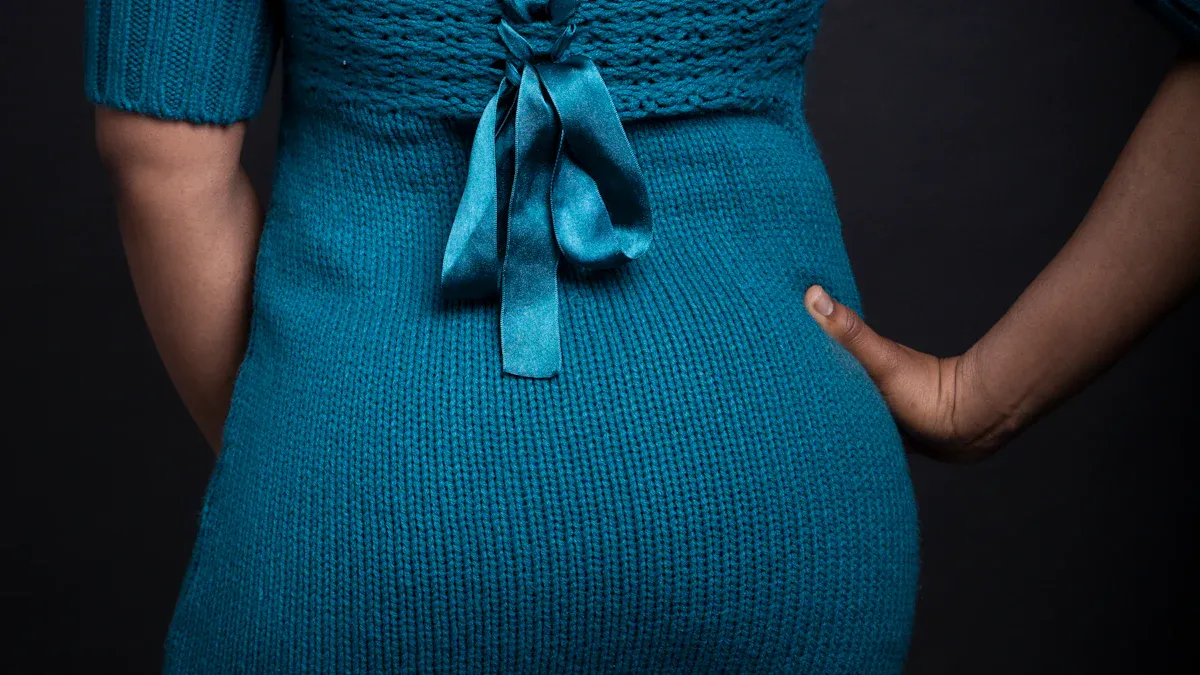
Trending Silhouettes
Knit midi and mini dresses come in many shapes. Designers use patterns like stripes, polka dots, and florals. They also add new looks with geometric and abstract prints. Many brands pick textured knits like ribbing, cable knits, and pointelle. These textures make each dress special and fun to touch.
Fashion reports say light florals and pastel colors are seen most in spring and summer. In fall and winter, dark plaids and houndstooth patterns are more popular. Social media helps these trends grow fast. For example, TikTok views for #KnitDress and #KnittedDress went up by over 200% last year. Google searches for knit dresses keep going up, so more people want these styles.
Designers make dresses that fit well. Column, A-line, and fit-and-flare shapes help many people look nice. Brands like Marks & Spencer and Urban Outfitters use stretch knits and soft yarn blends. These choices give comfort and style. Many dresses now use eco-friendly fabrics like organic cotton, hemp, and recycled fibers.
Note: Patterns and textures for each season help brands update their collections and get new buyers.
Specialized Features
Modern knit dresses have many special features. Designers use advanced yarns like organic cotton, recycled fibers, and smart yarns. These materials help dresses stretch, breathe, and last longer. New knitting methods like computerized flat knitting and 3D knitting help dresses fit better and last longer. Seamless technology lets brands make dresses without side seams. This makes dresses lighter and easier to move in, and it saves fabric.
Pattern engineering uses 3D body scanning and computer modeling. These tools help make dresses that fit well with fewer changes. Many dresses now have stretch zones and shaped seams. These features help people move easily and fit many body types, even for maternity needs.
Quality control is important. Brands test dresses for fit, washing, and how long they last. Customization lets buyers pick styles and finishes they like. Digital design tools help brands follow new trends and use more eco-friendly materials.
Tip: Seamless and 3D-knitted dresses give better comfort and fit, so they are a smart pick for brands and buyers.
Color & Texture Trends
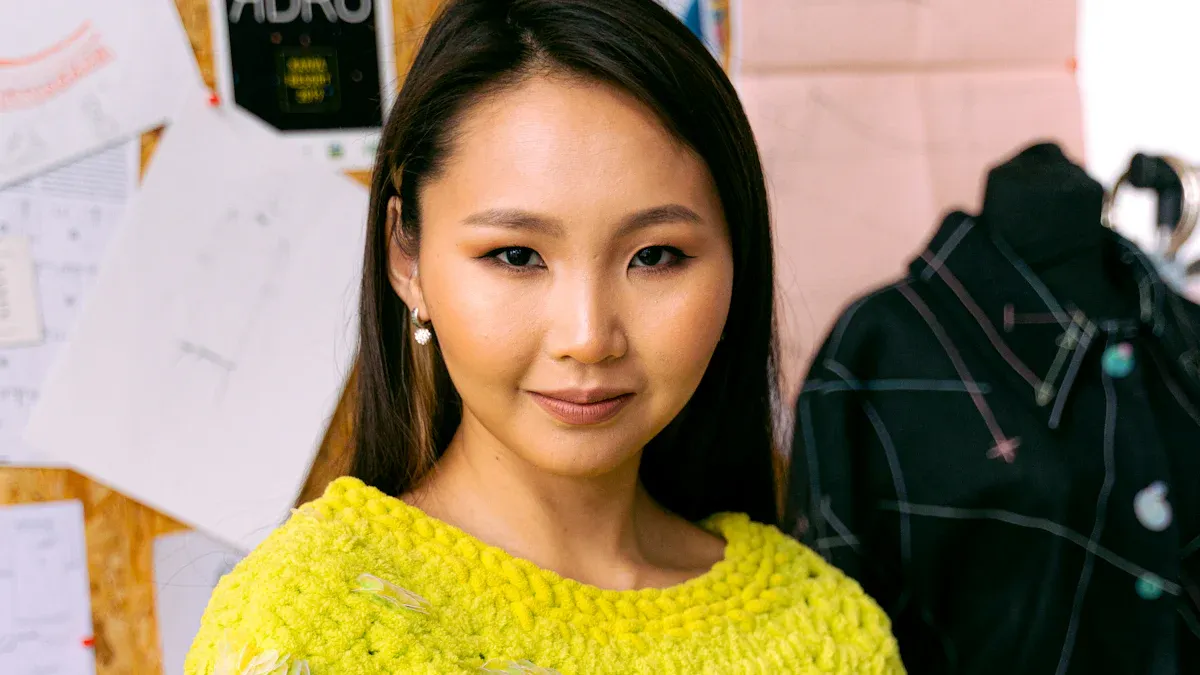
Seasonal Colors
Designers pick colors for knit midi and mini dresses by looking at what people like and the time of year. Each season has new colors that help make collections and guide what shoppers choose.
Warm hazelnut colors make fall and winter feel cozy.
Winter white, black, and olive are still favorites in cold months. These colors never go out of style.
Chocolate brown looks great with boho chic outfits. It makes winter clothes look richer.
Dark red is perfect for holiday parties. It brings a warm and happy feeling.
Cherry red is now the top color for winter. It makes dresses stand out and look bright.
Black, cream, and gray are always popular. They match with many things and look classic.
Designers also use dark indigo, light brown, green, and cream in cable knit dresses. This gives more color choices for each season.
Big brands like Zara, H&M, and Mango change their knitwear every season. They follow these color trends to keep their clothes new and fun. Influencers and new ways to dye yarn help brands make fresh styles. Research shows people want colors that feel warm, stylish, and right for the season.
Note: Picking the best color helps a dress work for many events, from normal days to parties.
Innovative Textures
Texture is very important for knit dresses. Designers use new knitting methods to make dresses feel nice and look special. Today’s knitwear often has 3D shapes, ribbed lines, and openwork patterns.
Ribbed knit fabrics can stretch in many ways. This helps dresses fit well.
Special rib patterns like 1×1 or 2×2 look cool and work well.
Ribbed knits keep their shape. They do not sag or curl at the edges.
Ottoman and Corded ribs give dresses a strong and bold look.
Jacquard patterns, digital prints, and brushing add even more styles and comfort.
Some technical knits use recycled materials and bio-based elastane. This helps the planet. These new ideas make dresses softer, stronger, and better for the environment. Brands like Uniqlo and Lululemon use these textures to make knitwear that fits what people need today.
Tip: Dresses with new textures look cool and feel comfy, so they are great for daily wear.
Sourcing & Supply Chain
Key Regions
The global supply chain for knit midi dresses is centered in Asia-Pacific. This area is the top place for making knitwear. Some countries are known for their strong skills in making these clothes:
China makes the most knitwear in the world. Factories in China use smart machines and computers. China sells knitwear to over 200 countries. Big cities like the Pearl River Delta help with big orders and quick shipping.
India has a long history with textiles. It grows more cotton than any other country. Indian factories make many kinds of knitwear, from simple to fancy. Skilled workers and a full system help India meet many fashion needs.
Bangladesh has the lowest labor costs in Asia. The country gets help from trade deals like the EU’s Everything But Arms (EBA). Bangladesh is the second-biggest seller of clothes in the world. It handles big orders and works with many global brands.
South Korea and Japan focus on making high-quality and new styles. They are leaders in eco-friendly knitwear and new knitting technology.
North America is growing quickly in this market. The United States leads with lots of shoppers and many stores. Canada is known for making fancy and winter knitwear.
Europe is still important, especially for fancy and green knitwear, but Asia-Pacific makes the most.
Note: Asia-Pacific made over 70% of the money from knitted fabric in 2018. China, India, and Bangladesh send out most of the world’s knit dresses.
Supplier Selection
Picking the right supplier is key for any knitwear business. Brands want partners who give good quality, fast service, and care about the planet. There are many things to think about when choosing a supplier:
Sustainability: Brands want suppliers who use green fabrics. They look for eco-labels and certificates that show good and safe practices. Factories must check their carbon footprint, water use, and waste.
Certifications: Many buyers want suppliers to follow world rules. These include certificates for organic materials, fair work, and safe chemicals. Suppliers must show proof they follow these rules.
Responsiveness to Trends: The best suppliers change fast with new styles. They use computers and real-time data to update their products. Brands like suppliers who can make small or special orders.
Technology and Transparency: Modern supply chains use ERP systems to track things in real time. These systems help brands avoid making too much or too little. They also help brands know where every material comes from.
Collaboration and Communication: Good supplier relationships need clear talking. Brands and suppliers share data and feedback to make things better and faster.
Tip: Top brands use suppliers from many places and smart technology. This helps them stay flexible and meet the need for ethical and green knit midi dresses.
Technology & Sustainability
Advanced Knitting
Factories use new technology to make knitwear better. They use AI-powered knitting machines that work fast and make fewer mistakes. These machines help brands save fabric and cut down on waste. 3D and seamless knitting lets factories make a whole dress at once. This means there is no need to cut or sew pieces together. Dresses made this way feel more comfortable and are easy to change for each person.
Many brands use smart textiles in their dresses. These fabrics can keep you cool, pull sweat away, or even check your health. AI design tools help brands make custom-fit dresses and new patterns quickly. Supply chains use blockchain and digital tools to track every step. This helps brands check if materials are safe and made the right way.
Note: The seamless clothing market was worth $4.25 billion in 2024. Experts think it will double by 2033 as more brands use circular knitting machines for seam-free, comfy dresses.
Key advancements in knitting technology include:
AI and machine learning for checking quality in real time
Robotic machines that make detailed, custom designs
3D knitting for seamless, waste-free clothes
Smart textiles with wearable tech features
Eco-Friendly Materials
Sustainability is now very important in knitwear. Brands pick materials that are better for the earth. They use organic cotton, hemp, bamboo, and recycled polyester. These choices help lower pollution and save resources. Factories use water-less dyeing and closed-loop systems to make less waste.
Description | |
|---|---|
Organic and Natural Fibers | Use of fibers like organic cotton, hemp, bamboo grown without chemicals or pesticides |
Recycled Materials | Incorporation of recycled polyester and fabrics to reduce resource depletion |
Low-impact Colors and Natural Dyes | Use of dyes that reduce water pollution |
Biodegradability | Materials designed to minimize landfill waste and support sustainable end-of-life cycles |
Closed-loop Production Systems | Recycling chemicals, water, and byproducts to reduce waste |
Certifications | Fairtrade, GOTS, Oeko-Tex Standard 100 ensure ethical sourcing and environmental responsibility |
Many shoppers now look for eco-friendly labels and certifications. Brands that use green materials and safe dyes earn trust from buyers. The push for sustainability changes how companies design, get, and make knit midi and mini dresses.
Customization & OEM/ODM
Design to Sample
Brands and buyers want more than just basic designs now. They look for knit midi and mini dresses that show their own style. OEM and ODM services help brands make custom dresses from start to finish. Factories use 3D body scans and virtual samples to work faster. These tools help make quick changes and get the right fit.
More people shop online, so there is a bigger need for custom knit dresses.
OEM and ODM makers give special clothes with different fabrics and cool designs.
Fast fashion means brands need to make clothes quickly.
Asia-Pacific is the top area for this because of low labor costs and lots of online shopping.
Big companies spend money on new tech and green ways to make clothes.
Getting materials nearby helps factories keep up with what people want.
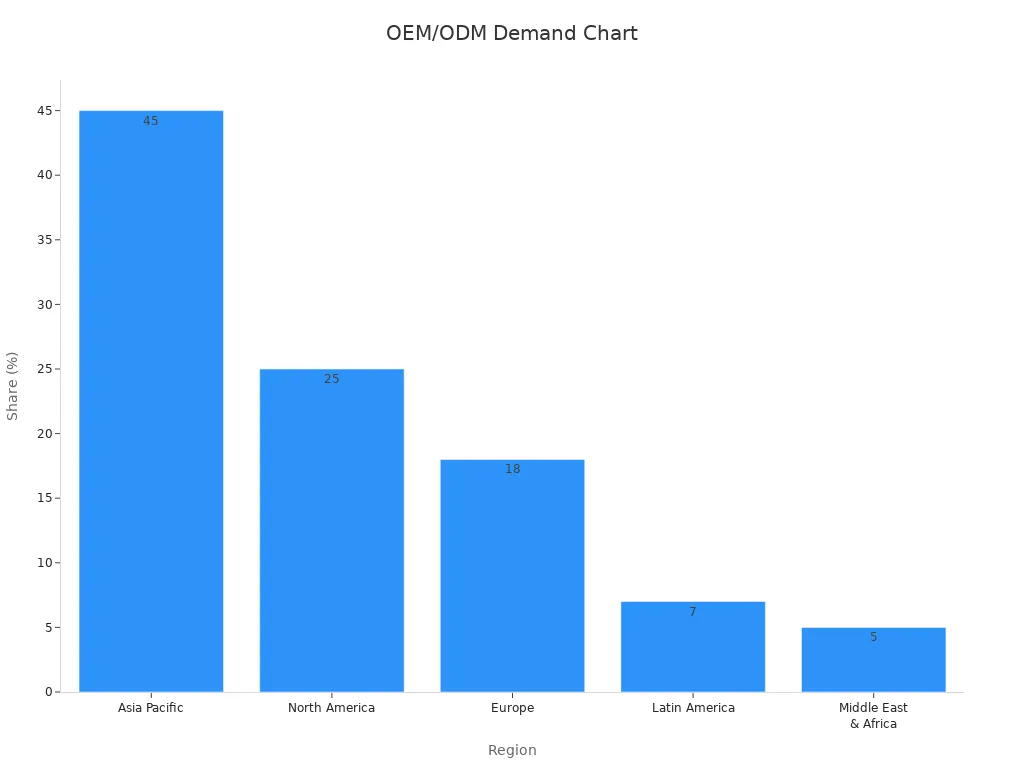
Knit fabric is getting more popular in the global OEM clothing market. Fast fashion, online shopping, and new tastes help this trend grow. Asia-Pacific makes the most money, with China and India leading the way.
Personalization Options
People want knit dresses that fit their bodies and style. Studies from MIT and the Ministry of Supply show that custom knitwear cuts down waste and fits each person better. The 4D Knit Dress uses robots and special yarns to make dresses that change shape for each person. This helps brands make only what is needed and helps the planet.
Personalization options include:
Custom sizes for all body types
Picking colors, patterns, and textures
Adjustable parts for different style needs
The table below shows how OEM/ODM services are growing in knit fashion:
Indicator | Data/Insight |
|---|---|
USD 200 Billion | |
Market Size Projection 2033 | USD 250 Billion |
CAGR (2026-2033) | 6.3% |
Regional Revenue Share 2023 | Asia Pacific 45%, North America 25%, Europe 18%, Latin America 7%, Middle East & Africa 5% |
Fastest Growing Region | Asia Pacific (driven by China and India manufacturing activities) |
Custom knit dresses help brands be different and keep customers coming back. As technology gets better, more brands will give custom choices for fit, style, and being eco-friendly.
Business Benefits
For Brands
Knit midi and mini dresses help brands in many ways. These dresses are comfy and look nice. People wear them for lots of events. Brands can get more customers with styles like sweater dresses and knit maxi dresses. More people want clothes that feel good and look good. Brands that use new tech and care for the planet make better products.
The world knitwear market was $801 million in 2023. Experts think it will be $2,315 million by 2033. This means it will grow by 11.5% each year. This shows people want these clothes and brands can make more money.
Dresses sell fast because people like athleisure and loungewear. Surveys say 60% of shoppers want comfy clothes for every day.
Online stores and social media help brands find more buyers. These tools make it easy for people to shop for knit dresses.
Brands that sell knit dresses get more sales and loyal customers. They also get a good name for being green.
Brands that focus on knit dresses can do well in a busy market and give shoppers what they want.
For Buyers
Buyers get lots of good things from knit midi and mini dresses. These dresses are soft, last long, and can be eco-friendly. Many buyers want green products and like well-made clothes.
Metric / Insight | Value / Description |
|---|---|
Over 2.8 million units | |
Increase in consumer spending (2023 vs 2022) | 19% growth |
Sales increase of eco-friendly/organic dresses | 25% rise |
Revenue from handcrafted crochet dresses | 37% of total market revenue |
Consumers motivated by sustainability | Over 60% |
Online purchase share | About 45% |
Market revenue (2023) | Over $1.2 billion |
Market drivers | Sustainability, craftsmanship, slow fashion, durability, social media influence |
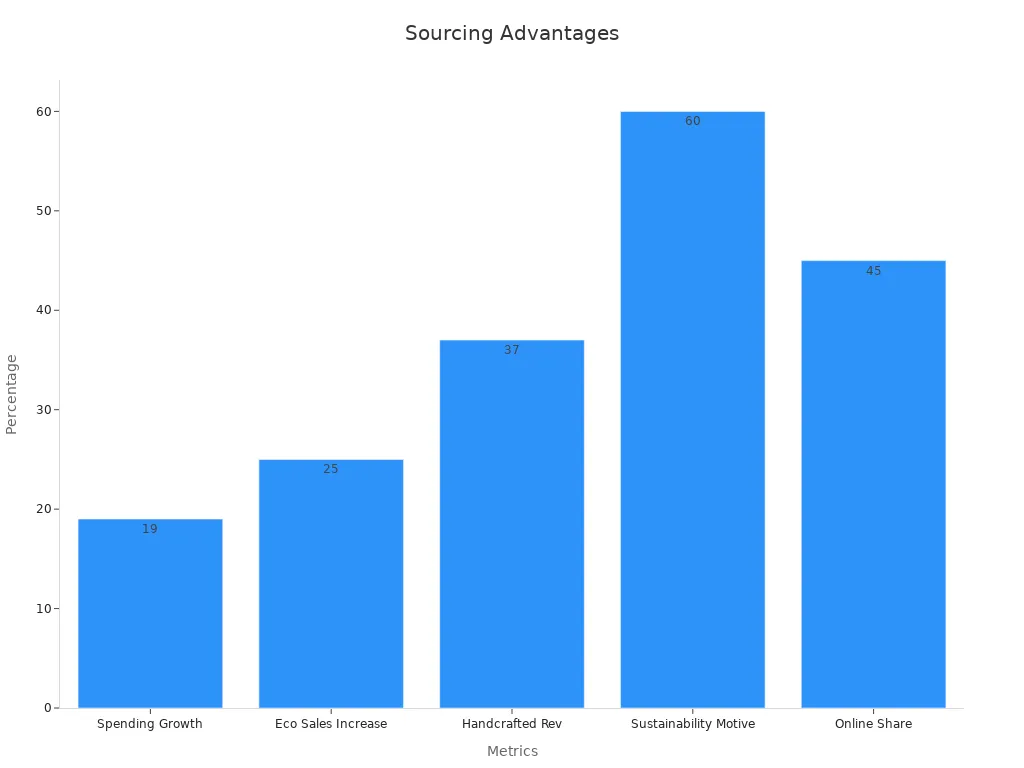
Buyers pick knit dresses because they are comfy and stylish. Many like eco-friendly choices and value handmade items. Shopping online makes it simple to find a great dress. Each year, buyers get more options and better deals.
Knit Midi Dresses are now very important in fashion today. Many brands notice people want eco-friendly choices. More shoppers care about the environment when they buy clothes. Web searches for sustainable fashion are going up. New technology, like 3D virtual samples and body scans, helps make less waste. These tools also help dresses fit better. Good supplier partnerships and fast supply chains help companies keep up with trends. By using new ideas, brands and buyers can stay ahead in a market that changes quickly.
FAQ
What makes knit midi and mini dresses popular worldwide?
Knit midi and mini dresses are liked for many reasons. They feel soft and are easy to wear. People think they look nice and fit well. Brands use new machines and green materials to make them. These dresses can be worn for many events. They also fit many body shapes.
How do brands ensure the quality of knit dresses?
Brands check the fabric to make sure it is strong. They test if it stretches and keeps its color. Special machines help find any problems in the dresses. Many brands want safety and green certificates. Teams look at every group of dresses before they are sent out.
Note: Good suppliers help brands keep their dresses high quality.
Are knit midi dresses sustainable?
A lot of brands use organic cotton and recycled fibers. They also use dyes that save water. Factories try to follow green rules and get special certificates. These dresses help cut down on waste and are better for the earth.
Sustainability Feature | Benefit |
|---|---|
Organic fibers | Less pollution |
Recycled materials | Less trash |
Safe dyes | Cleaner water |
Can buyers customize knit midi and mini dresses?
Yes, buyers can pick the size, color, and pattern they want. Some brands use 3D body scans to help dresses fit better. OEM and ODM services let brands make special designs. Custom choices help buyers get dresses that show their own style.



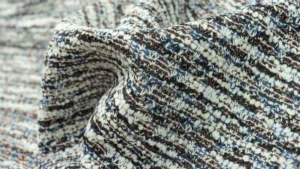
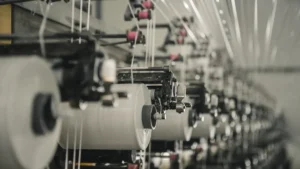
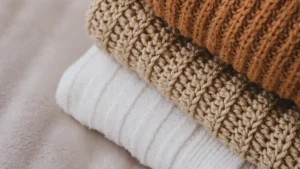


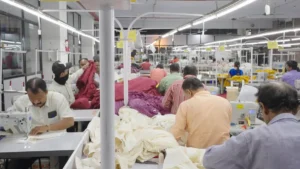

2 thoughts on “Elevating Everyday Elegance: The Rise of Knit Midi & Mini Dresses in Global Fashion Sourcing”
Pingback: Washington’s Top Knit Garment Suppliers Ranked for 2025
Pingback: 10 Best Knitting Manufacturers in London for Small Businesses